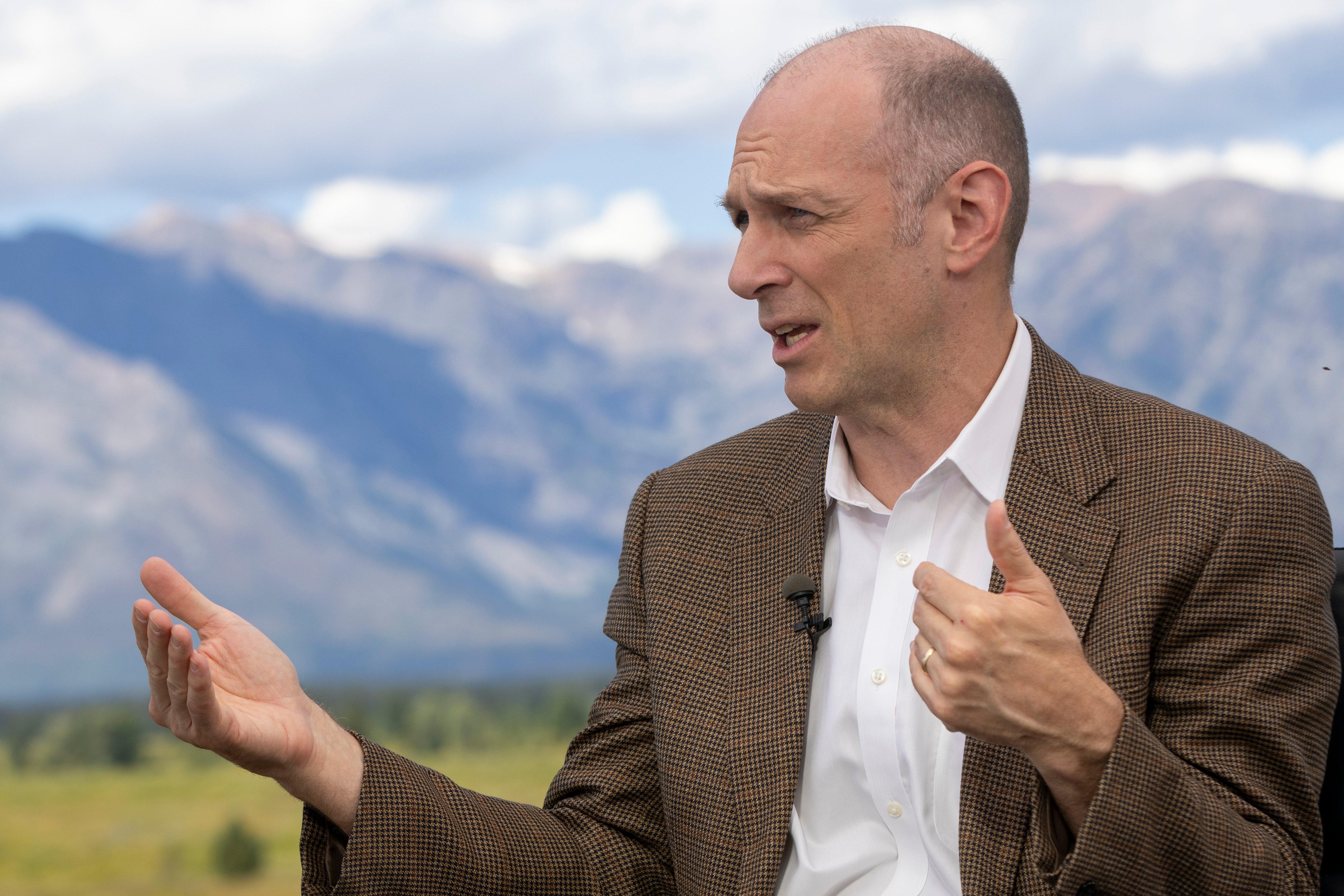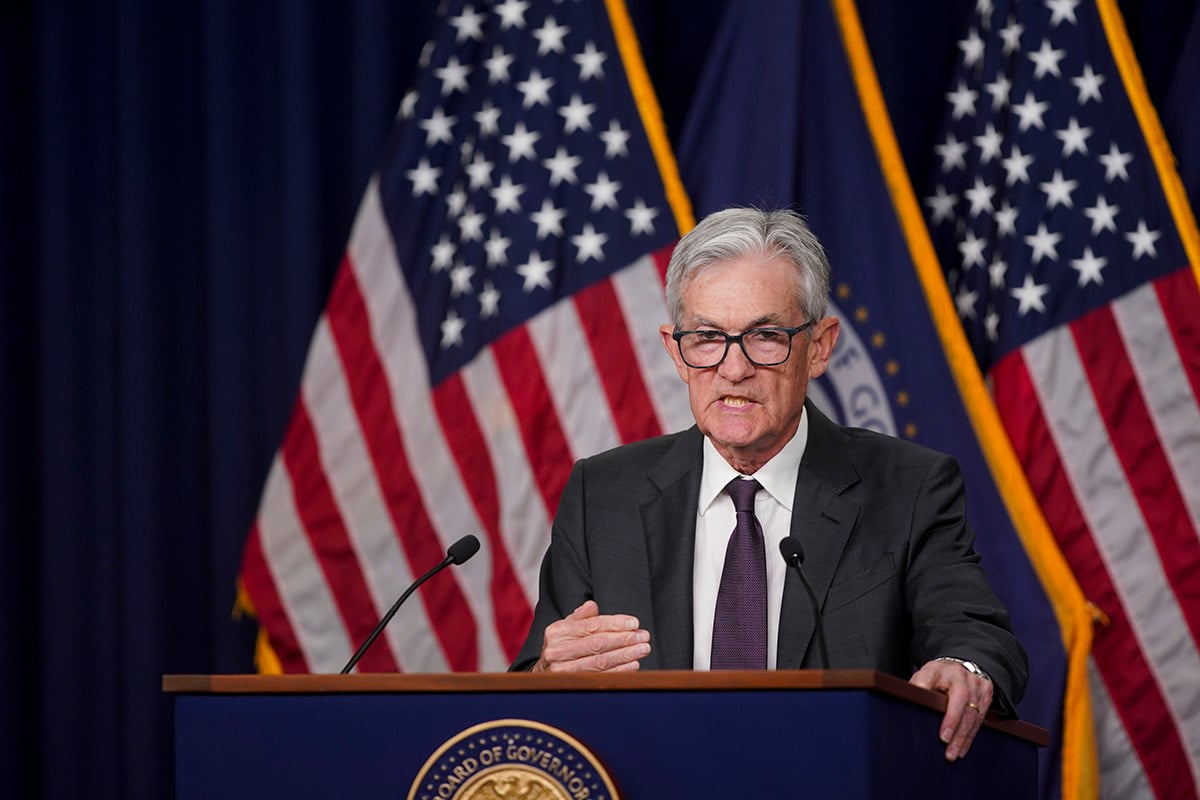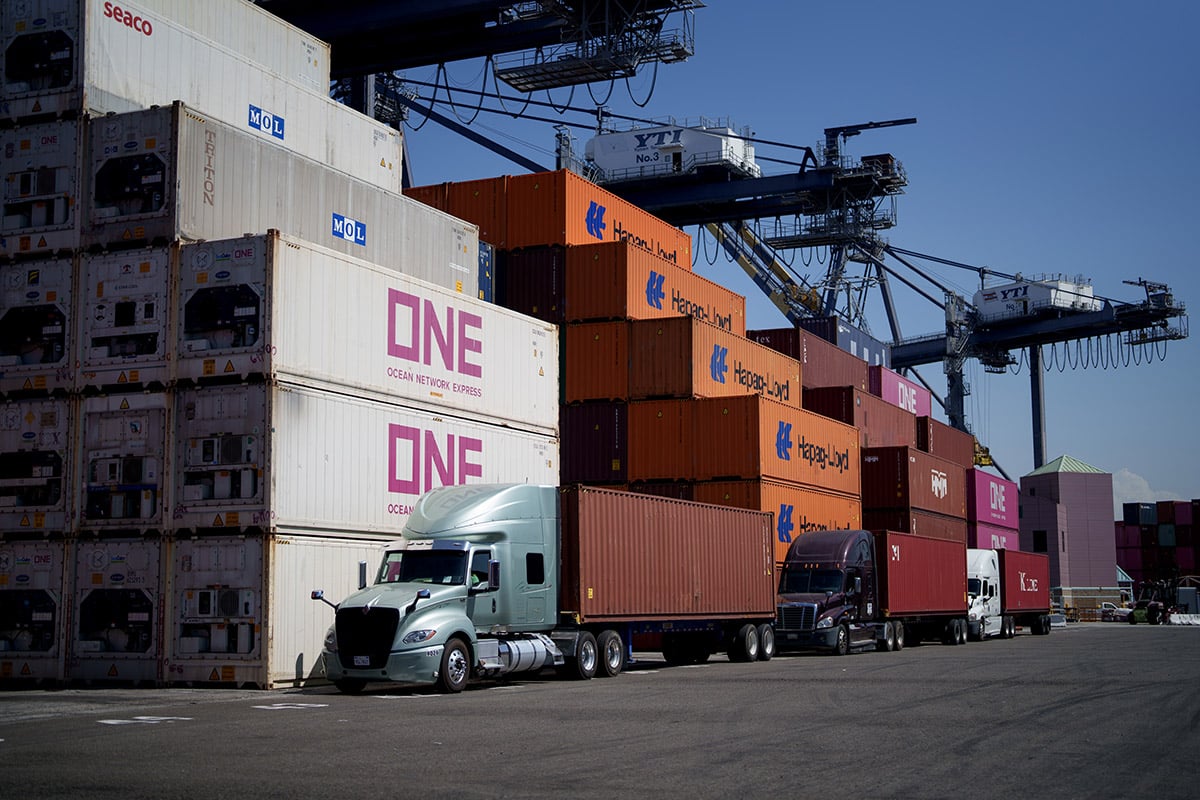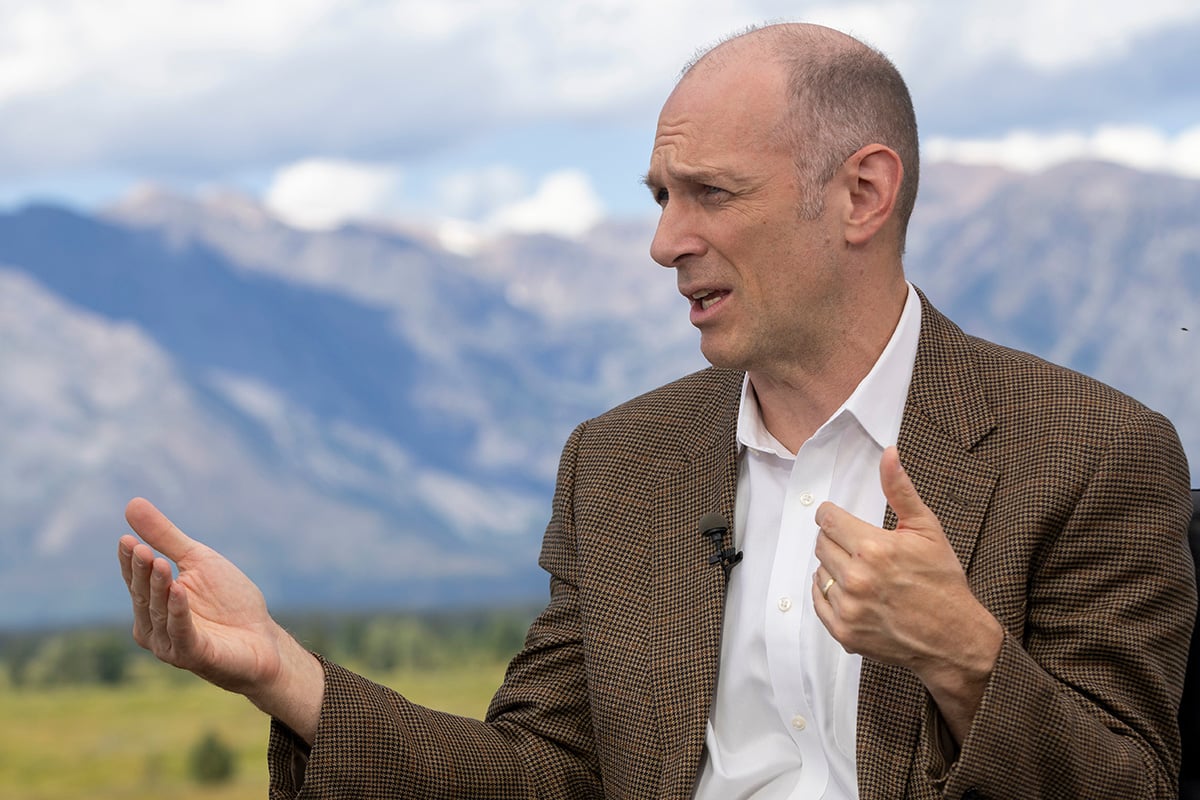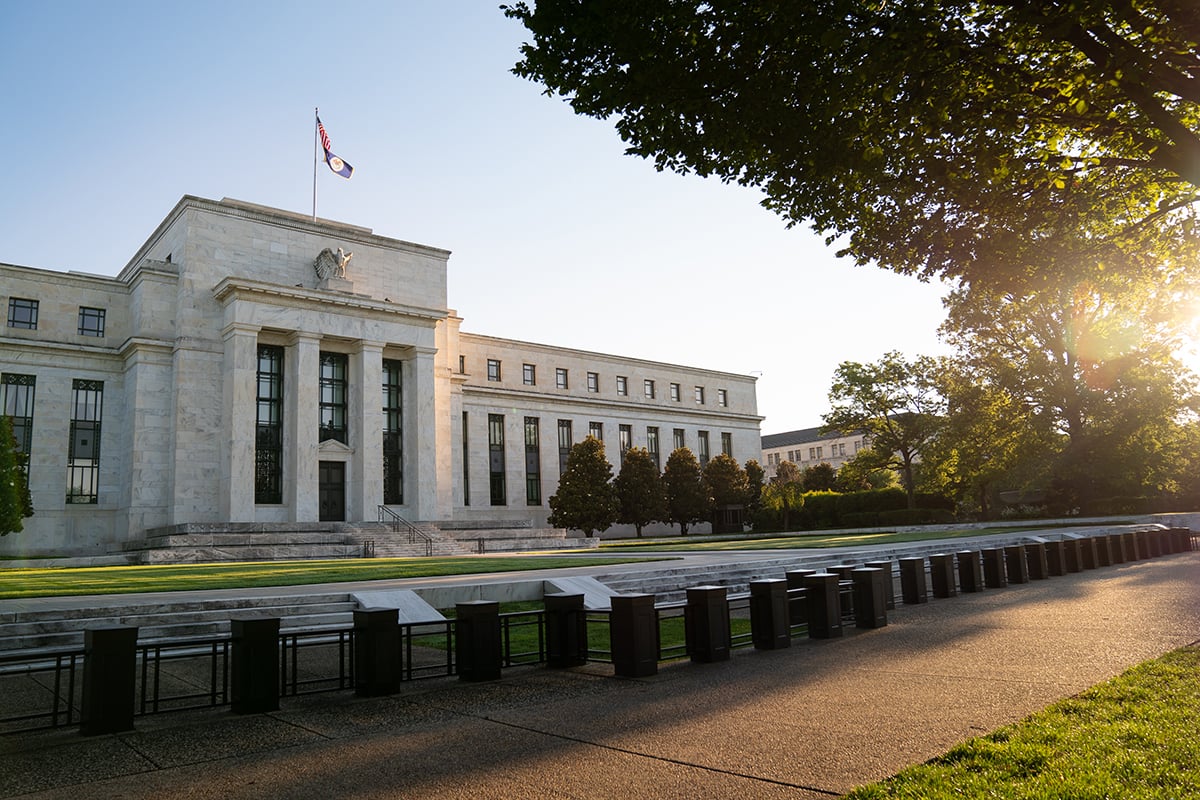About The Author

CONNECT WITH THIS AUTHOR
March 03, 2025
February 05, 2025
January 29, 2025
December 16, 2024
December 13, 2024
November 18, 2024
October 01, 2024
September 18, 2024
August 28, 2024
August 16, 2024
Trending Stories
- 1Leveraging Working Capital: Back to Basics in Turbulent Times
- 2Bond Binge Shows America Is Still Exceptional
- 3Wells Fargo’s 401(k) Forfeiture Suit Gets Dismissed
- 4Most 401(k)s Have 5 Funds with a ‘Cheaper, Higher-Performing Alternative’ Available
- 5Question of Tariffs’ Impact Opens Divisions at the Fed


